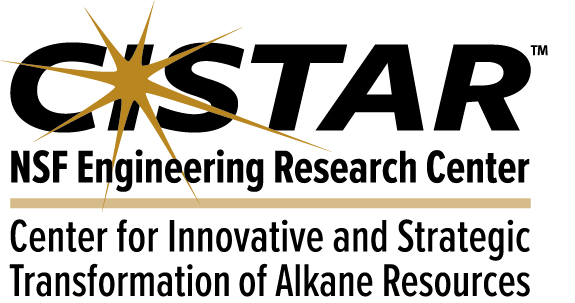Purdue Researchers Pioneer Flexible ‘Electric Reaction-Towers’ to Decarbonize Chemical Manufacturing
Chemical engineering researchers at Purdue University have developed a transformative technology designed to help industrial chemical plants efficiently use electric power from renewable sources, such as solar and wind, instead of fossil fuels. In a paper recently accepted by Cell Reports Physical Science, Dr. Edwin Rodriguez-Gil, and Dr. Rakesh Agrawal, the Winthrop E. Stone Distinguished Professor of Chemical Engineering at Purdue, introduce the new “Electric Reaction-Towers” (ERTs), a novel reactor design that enables chemical plants to operate efficiently on variable renewable power while minimizing the need for energy storage.
The chemical industry faces a fundamental dilemma: While renewable energy offers a path to reduce greenhouse gas emissions, solar and wind power's inherent variability disrupts traditional chemical reactors operating at steady states. Unlike traditional fixed-length reactors, ERTs enable sections of the reactor to be individually heated, turning zones on or off as needed in response to available renewable power and feedstock inputs. This fast, flexible approach keeps the process operating at peak efficiency, and drastically reduces the need for costly batteries or backup systems.

Simplified illustrations of ERTs operating at full capacity and at turndown. Source: Rodriguez-Gil, Edwin A. et al. Cell Reports Physical Science, Volume 6, Issue 8, 102771
"Our models show that ERTs can maintain stable output composition even when energy or feed flow rate varies—a critical capability for fully utilizing renewable resources," said Dr. Edwin Rodriguez-Gil. "This represents a significant shift from energy-centric solutions (massive batteries) to process-centric approaches (flexible reactors) for integrating renewable energy with chemical manufacturing."
The project originated from research conducted as part of the National Science Foundation Engineering Research Center (ERC) for Innovative and Strategic Transformation of Alkane Resources (CISTAR). This effort supports CISTAR’s mission to create scalable, sustainable process technologies for decarbonizing the fuel and chemical industries. As an ERC, CISTAR fosters collaboration between government, industry, and academia to accelerate the transition of laboratory innovations into market-ready solutions.
Earlier this year, CISTAR professors Dr. Rakesh Agrawal and Dr. Rajamani Gounder, the R. Norris and Eleanor Shreve Professor of Chemical Engineering at Purdue, formed a partnership with Susteon, a leader in industrial decarbonization. Together, they are integrating breakthroughs in electrified reactor design and advanced zeolite catalysts with Susteon’s CO₂-to-olefins catalyst technology and Joule heating. This combined approach aims to revolutionize sustainable aviation fuel (SAF) production by enabling the efficient conversion of carbon dioxide and hydrogen using renewable energy sources. The synergy between these innovations was recently recognized with a $5.5 million grant from the U.S. Department of Energy’s ARPA-E GREENWELLS initiative, supporting the team’s mission to accelerate the commercial transition to cleaner energy and next-generation, low-carbon fuels.
Through collaborations with research centers like CISTAR and industry partners such as Susteon, Purdue’s researchers stand to make an impact on the path forward to a decarbonized future.






